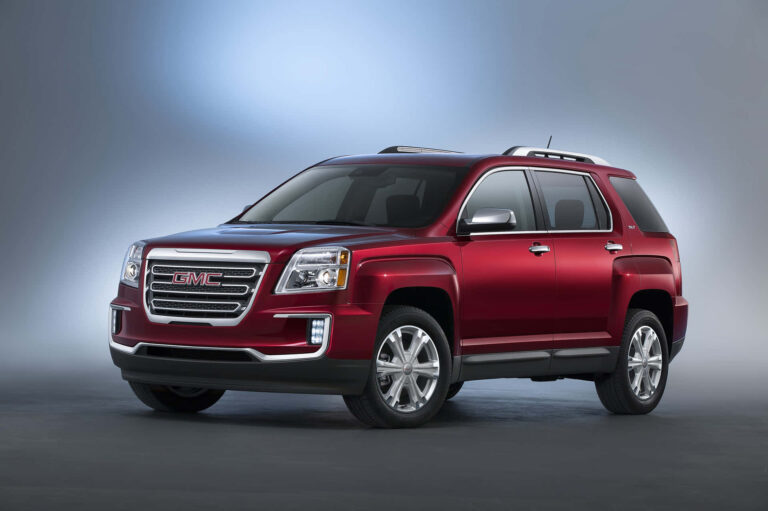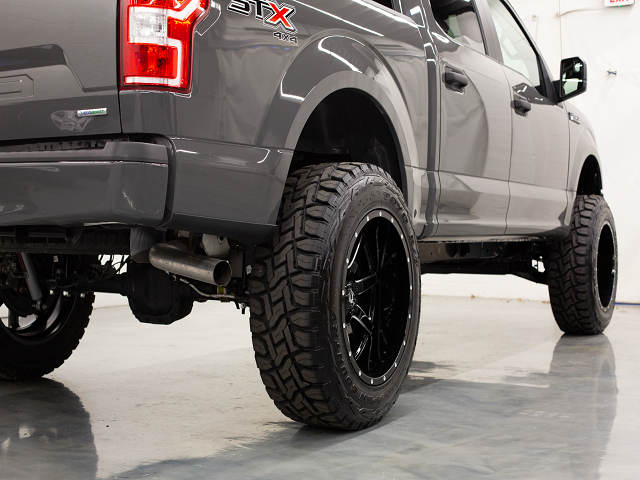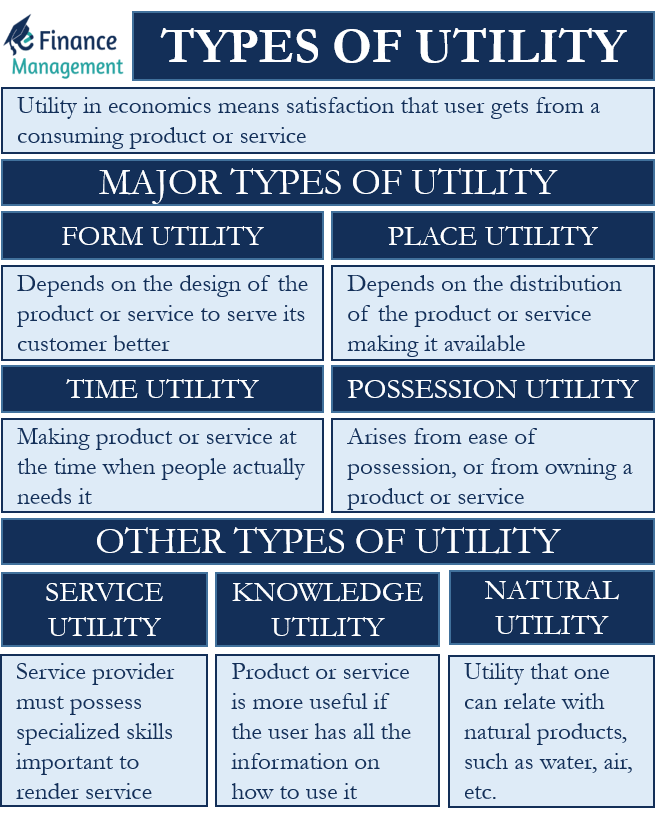What Is The Interior Height Of A Box Truck? A Comprehensive Guide to Maximizing Your Hauling Potential
What Is The Interior Height Of A Box Truck? A Comprehensive Guide to Maximizing Your Hauling Potential cars.truckstrend.com
In the world of logistics, moving, and delivery, the box truck is an indispensable workhorse. From residential moves to commercial freight, these enclosed vehicles offer a secure and versatile space for transporting goods. While factors like length, weight capacity, and fuel efficiency often take center stage, one critical dimension frequently overlooked, yet immensely impactful, is the interior height of a box truck.
The interior height refers to the vertical distance from the cargo floor to the lowest point of the ceiling inside the truck’s cargo area. This seemingly simple measurement holds immense significance, directly influencing what you can load, how efficiently you can pack, the safety of your cargo, and even the comfort of those working within the space. Understanding this crucial dimension is not just about fitting items; it’s about optimizing your operations, preventing damage, and ensuring compliance with your specific hauling needs. Whether you’re a business owner, a professional mover, or planning a DIY relocation, delving into the nuances of box truck interior height is paramount for successful and stress-free transport.
What Is The Interior Height Of A Box Truck? A Comprehensive Guide to Maximizing Your Hauling Potential
Understanding Box Truck Interior Height: The Basics
At its core, the interior height of a box truck is the vertical clearance available for your cargo. It’s measured from the highest point of the cargo floor (which might include wheel wells) to the lowest obstruction on the ceiling, such as internal crossbeams, light fixtures, or insulation. This measurement dictates the maximum height of any single item or stacked collection of items you can transport.
The importance of this measurement extends beyond just fitting items. It directly impacts:
- Usable Volume: While truck length and width define the horizontal footprint, interior height unlocks the vertical cubic capacity. A truck with a greater interior height can often hold significantly more volume, even if its length is comparable to a shorter one.
- Loading Efficiency: Taller interiors allow for more comfortable standing and maneuvering of dollies and equipment, speeding up the loading and unloading process.
- Cargo Protection: Adequate height prevents items from being crushed, scraped, or damaged against the ceiling, especially for tall furniture, appliances, or delicate displays.
- Specialized Loads: For items like refrigerators, wardrobes, tall shelving units, or large artwork, the interior height is often the make-or-break dimension.

Common Box Truck Sizes and Their Typical Interior Heights
Box trucks come in various lengths, and generally, longer trucks tend to offer greater interior heights, though this is not a strict rule. Here’s a general breakdown of typical interior heights based on common truck lengths:

-
Small Box Trucks (10-12 feet long):
- Typical Interior Height: 6 to 7 feet (approx. 72-84 inches).
- Use Cases: Small apartment moves, local deliveries, hauling furniture.
- Considerations: May not accommodate very tall items like standing refrigerators without tilting.

-
Medium Box Trucks (14-17 feet long):
- Typical Interior Height: 7 to 8 feet (approx. 84-96 inches).
- Use Cases: 1-2 bedroom apartment moves, small business deliveries, light equipment transport.
- Considerations: Offers more standing room and better clearance for most standard appliances.
-
Large Box Trucks (20-22 feet long):
- Typical Interior Height: 8 to 8.5 feet (approx. 96-102 inches).
- Use Cases: 2-3 bedroom house moves, larger business deliveries, events equipment.
- Considerations: Excellent for tall items, allows for more vertical stacking.
-
Extra-Large Box Trucks (24-26 feet long):
- Typical Interior Height: 8.5 to 9 feet (approx. 102-108 inches) or sometimes slightly more.
- Use Cases: Large house moves, commercial freight, specialized hauling.
- Considerations: Offers maximum vertical space, ideal for full-size appliances and furniture without disassembly.
Important Note: These are typical ranges. Actual dimensions can vary significantly between manufacturers (e.g., U-Haul, Penske, Ryder, Budget) and specific truck models. Always verify the exact interior height for the specific truck you plan to use.
Factors Influencing Box Truck Interior Height
Several design and functional elements can affect the actual interior height of a box truck:
- Manufacturer and Model: Different brands and models have unique chassis designs, suspension systems, and body constructions that impact the floor height and, consequently, the interior ceiling height. Some manufacturers prioritize lower deck heights for easier loading, which might slightly reduce interior height.
- Chassis Type: Trucks built on a "low-profile" or "cutaway" chassis often have lower floor heights, potentially allowing for a greater interior height for a given overall vehicle height. Conversely, heavier-duty chassis might have higher floors.
- Purpose-Built Design:
- Moving Trucks: Often designed with higher ceilings and sometimes a "Mom’s Attic" or "cab-over" storage space to maximize volume for household goods.
- Delivery Trucks: May have slightly lower ceilings if designed for palletized goods that don’t require extreme height, or for easier access in urban environments.
- Refrigerated Trucks (Reefers): The thick insulation required for temperature control significantly reduces interior dimensions, including height, compared to a standard dry box of the same exterior size.
- Specialty Builds: Trucks modified for specific uses (e.g., mobile workshops, vending) will have highly customized interiors.
- Floor Construction: Some trucks have pronounced wheel wells that protrude into the cargo area, effectively reducing the usable interior height in those specific spots. Others might have a completely flat floor.
- Interior Fixtures: Lights, vents, cargo tie-down rails, or internal bracing on the ceiling can slightly reduce the effective maximum height, especially if they hang lower than the main ceiling structure.
The Importance of Interior Height: Why It Matters More Than You Think
Beyond simple capacity, the interior height is a strategic consideration for various reasons:
- Optimized Cargo Capacity: The height dimension directly contributes to the total cubic feet of storage. A truck that is 2 feet longer but 6 inches shorter in height might actually have less usable volume for certain types of cargo than a slightly shorter but taller truck.
- Ease of Loading and Unloading: Being able to stand upright inside the truck significantly improves ergonomics and reduces strain for movers. It allows for easier maneuvering of large items, appliance dollies, and hand trucks. This translates to faster loading times and reduced labor costs.
- Damage Prevention: For tall items like refrigerators, grandfather clocks, or dressers, adequate interior height prevents scraping, denting, or crushing against the ceiling during transit or while being loaded/unloaded. This is crucial for protecting valuable goods.
- Safety: Workers are less likely to hit their heads or strain their backs when they have ample vertical space. Proper strapping and securing of tall items are also easier when there’s room to maneuver.
- Accommodating Specialized Items: Certain items simply won’t fit without sufficient height. Think about a tall armoire, a large flat-screen TV on its stand, or specific industrial machinery. Knowing the height ensures you don’t face a last-minute logistical nightmare.
- Planning and Packing Efficiency: With a clear understanding of the interior height, you can plan your packing strategy more effectively, utilizing vertical space for stacking boxes and arranging taller items optimally.
Choosing the Right Interior Height for Your Needs: Practical Advice
Selecting the correct box truck interior height is a crucial decision that can save you time, money, and headaches.
- Measure Your Tallest Items: This is the golden rule. Before even looking at trucks, measure the height of your absolute tallest item. Add a few inches for clearance and maneuvering. This gives you your minimum required interior height.
- Consider Your Overall Volume: While height is critical for individual tall items, also estimate your total cubic footage. A truck might have enough height but not enough overall volume for everything.
- Assess Standing Room Needs: If you or your movers will be spending significant time inside the truck, standing upright is a major comfort and efficiency factor. If you’re over 6 feet tall, aim for an interior height of at least 7.5 to 8 feet.
- Think About Accessibility: Will you be using a ramp or a liftgate? Ensure the interior height doesn’t create an awkward angle or obstruction at the entrance.
- Factor in Rental vs. Purchase:
- Rental: Rental companies (U-Haul, Penske, Budget, Ryder) prominently list interior dimensions for their specific truck models. Always double-check these on their websites or by calling.
- Purchase: If buying, consider future needs. A slightly taller interior might offer more versatility for different types of loads down the line.
- Don’t Forget the "Usable" Height: Remember that internal lights, tie-down rails, or slight ceiling curvature might reduce the actual usable height from the advertised measurement. Err on the side of caution.
Tips for Maximizing and Utilizing Box Truck Interior Height
Once you have a truck with the right interior height, intelligent packing can further optimize its use:
- Load Tallest Items First: Position your tallest items (refrigerators, wardrobes, mattresses on end) against the back wall or along one side, ensuring they are properly secured.
- Strategic Stacking: Utilize the vertical space by stacking boxes and smaller items on top of sturdy, flat-topped furniture. Always place heavier items at the bottom and lighter items on top.
- Use Load Bars and Straps: Secure tall items with moving straps or load bars to prevent them from tipping over during transit.
- Wardrobe Boxes: These tall boxes are specifically designed to maximize vertical space for hanging clothes, keeping them wrinkle-free.
- Disassemble When Possible: If an item is just slightly too tall, consider disassembling it (e.g., removing legs from a table, dismantling a bed frame) to gain precious inches.
- Know Your Wheel Wells: If your truck has prominent wheel wells, plan to pack around them. Use them as a base for smaller, irregularly shaped items or fill the gaps with soft goods.
- Measure Twice, Load Once: Before loading, quickly re-measure any questionable items against the truck’s interior height.
Challenges and Solutions Related to Interior Height
Even with careful planning, challenges can arise:
- Challenge: Interior Height is Too Low:
- Problem: Your tallest items simply won’t fit, or they get damaged.
- Solution: If renting, try to swap for a larger truck with greater interior height. If that’s not an option, consider disassembling items, using a different transport method for the tall items (e.g., open trailer), or utilizing professional movers who might have specialized equipment.
- Challenge: Cargo Tips in a Very Tall Interior:
- Problem: While more height is generally good, if your cargo is much shorter than the ceiling, it can shift and tip easily.
- Solution: Use plenty of moving blankets, dunnage (packing materials like cardboard or wood), and load bars to create snug compartments. Strategically place heavier, stable items to brace lighter, taller ones.
- Challenge: Inconsistent Usable Height:
- Problem: Advertised height is for the center, but wheel wells or ceiling fixtures reduce it elsewhere.
- Solution: Always measure the lowest point where your tallest item will sit. Plan your load to position the tallest items in the areas with maximum clearance.
- Challenge: Misjudging Overall Vehicle Height:
- Problem: While interior height is about cargo, the overall vehicle height (truck exterior) is critical for bridge clearances, drive-throughs, and covered parking. A tall interior usually means a tall exterior.
- Solution: Always be aware of the overall vehicle height and pay attention to road signs indicating low clearances.
Table of Common Box Truck Interior Heights and Capacities
This table provides a general overview of common box truck sizes, their typical interior heights, and estimated cubic capacities. Remember that specific dimensions can vary by manufacturer and model.
| Truck Length (Approx.) | Typical Interior Height (Feet) | Typical Interior Height (Inches) | Estimated Cubic Feet (Cargo Area) | Common Use Cases | Key Considerations |
|---|---|---|---|---|---|
| 10-12 Feet | 6 – 7 ft | 72 – 84 inches | 300 – 500 cu ft | Studio/1-bedroom apt, small deliveries, furniture runs | Limited vertical space for very tall items; good for local, smaller loads. |
| 14-16 Feet | 7 – 8 ft | 84 – 96 inches | 700 – 900 cu ft | 1-2 bedroom apt/small home, commercial deliveries | Generally accommodates standard appliances; more comfortable standing room. |
| 17-20 Feet | 8 – 8.5 ft | 96 – 102 inches | 900 – 1,200 cu ft | 2-3 bedroom home, larger business freight | Excellent for most household items; good for vertical stacking and larger furniture. |
| 22-26 Feet | 8.5 – 9 ft (or more) | 102 – 108+ inches | 1,300 – 1,700+ cu ft | 3-5+ bedroom home, commercial/long-haul freight | Maximum vertical space; ideal for large, tall items; ample room for movers; largest overall capacity. |
Disclaimer: All figures are approximate and can vary based on specific truck models, manufacturers, chassis design, and interior features. Always confirm exact dimensions with the truck provider.
Frequently Asked Questions (FAQ) About Box Truck Interior Height
Q1: Is the interior height of a box truck always consistent from front to back?
A: Not always. While the main cargo area usually has a consistent height, some trucks have wheel wells that protrude into the cargo area, reducing the usable height in those specific spots. Also, the very rear opening might have a slightly different clearance due to the door mechanism or liftgate integration.
Q2: How do I accurately measure the interior height of a box truck?
A: Use a tape measure and extend it from the highest point of the cargo floor (ensure you’re past any ramp incline) straight up to the lowest point of the ceiling structure. This includes any internal crossbeams, light fixtures, or ventilation components that might hang lower than the main ceiling.
Q3: Does a liftgate affect the interior height of a box truck?
A: A liftgate itself doesn’t directly reduce the interior height of the cargo box. However, the mechanism and the rear door frame might slightly reduce the clearance height of the rear opening when the door is fully open. Always check the opening height if you have very tall items going in or out via the liftgate.
Q4: What’s the "standard" interior height for a box truck?
A: There isn’t one universal "standard" as it varies greatly by truck size and manufacturer. For common rental moving trucks, interior heights typically range from 6 feet for smaller 10-foot trucks to 9 feet or more for the largest 26-foot models.
Q5: Can I get a box truck with an extra-low floor for easier loading, and does that affect interior height?
A: Yes, some manufacturers offer "low-profile" or "low-deck" box trucks. These designs typically place the cargo floor closer to the ground, which can sometimes allow for a greater interior height within the same overall vehicle height, as less space is taken up by the chassis and wheels. However, it’s a design choice, so always verify specific dimensions.
Conclusion
The interior height of a box truck is far more than just a number; it’s a critical dimension that underpins the efficiency, safety, and success of your hauling operations. From maximizing cubic capacity and protecting delicate cargo to ensuring the comfort and productivity of those doing the heavy lifting, understanding this measurement is paramount.
By carefully assessing your cargo’s needs, verifying the truck’s actual interior dimensions, and employing smart packing strategies, you can transform a potentially challenging task into a smooth and efficient process. Whether you’re moving a home, distributing goods, or transporting specialized equipment, remember that the right interior height is an investment in both your cargo and your peace of mind. Choose wisely, measure meticulously, and make every inch count!






